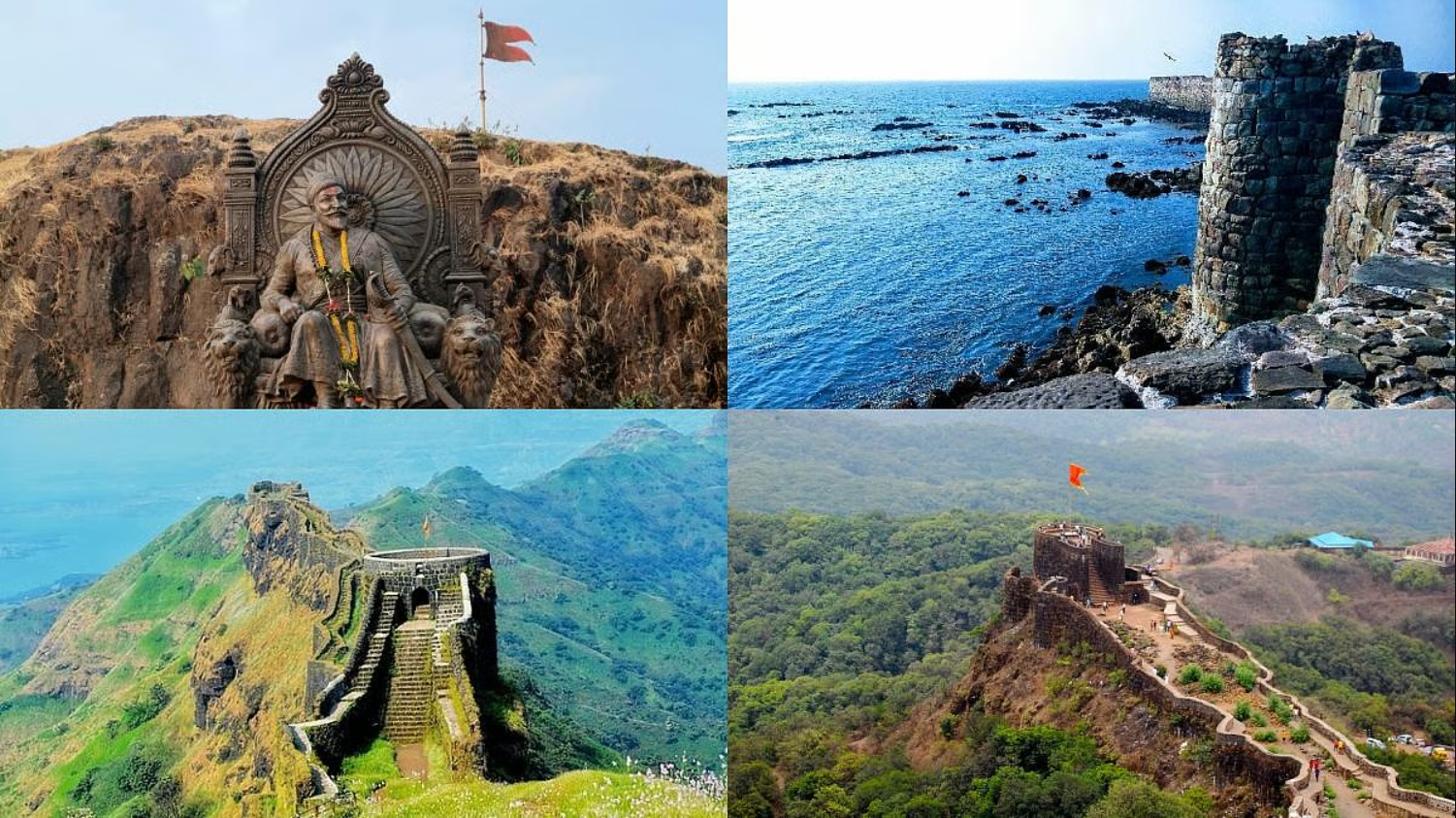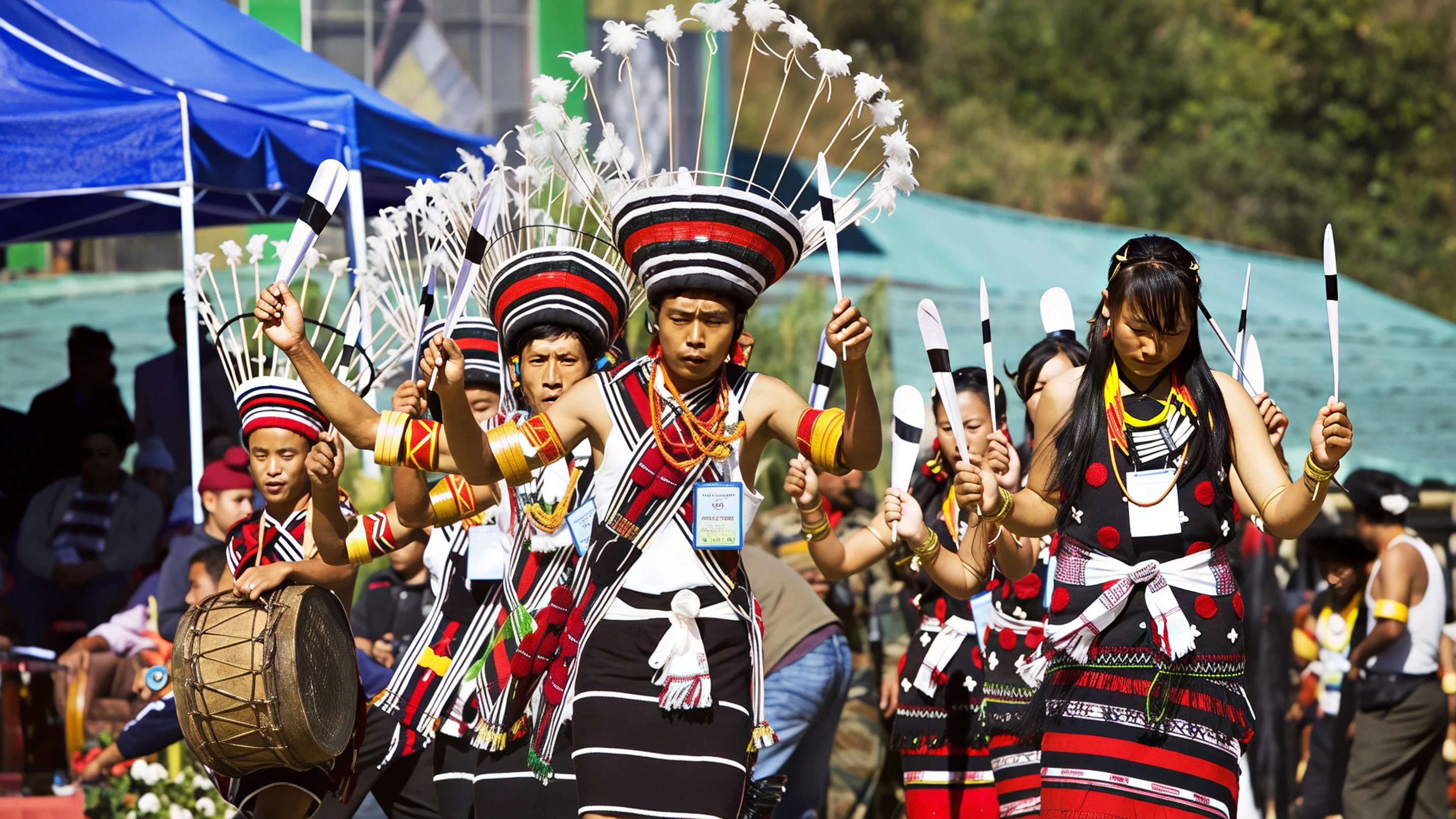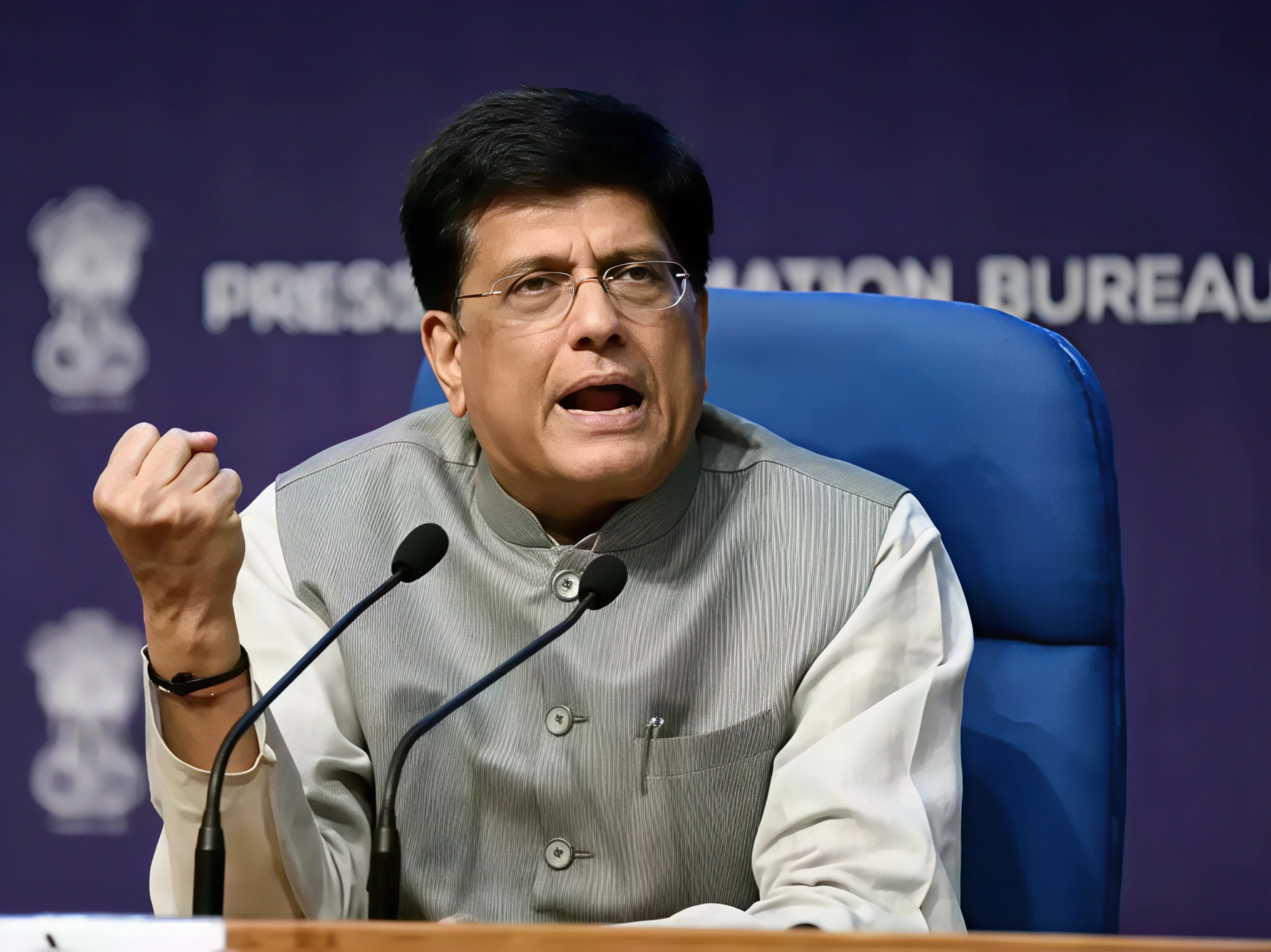India has added yet another feather to its historical cap with the inclusion of the Maratha Military Landscapes in the prestigious UNESCO World Heritage List. This landmark recognition came during the 47th session of the World Heritage Committee held in Paris, where global heritage experts announced the official inscription of these remarkable sites that once stood at the heart of Maratha military might.
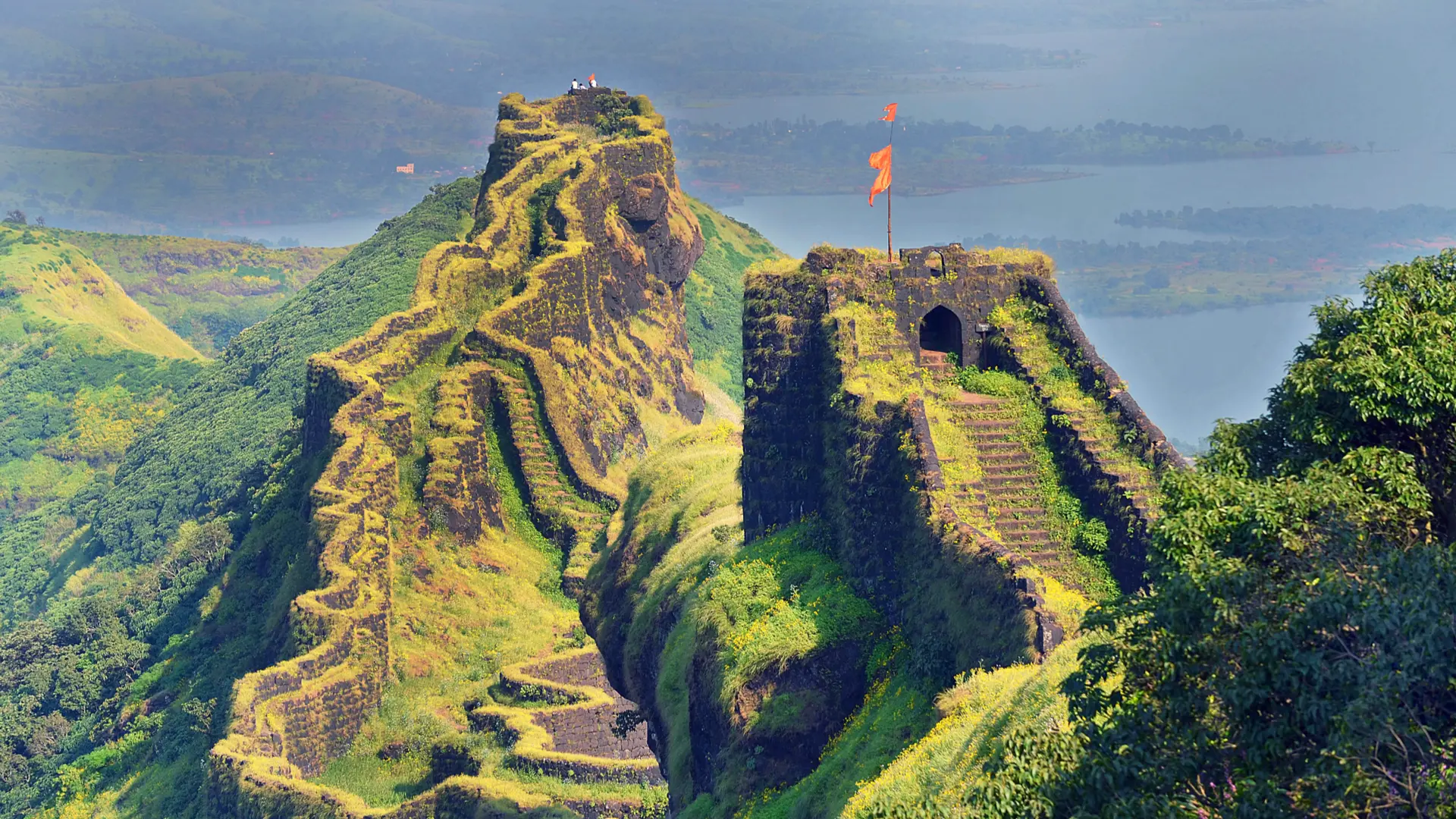
The Maratha Military Landscapes include twelve forts that highlight the strategic excellence, architectural ingenuity, and diverse adaptation of fort-building techniques by the Maratha Empire. Developed between the seventeenth and nineteenth centuries, these forts are not just historical relics but living stories of how a regional power built and defended its territories through terrain-specific design and military foresight.
Selected from a pool of over three hundred ninety forts in Maharashtra, the twelve represent the very best of Maratha military infrastructure. Among them are iconic names like Raigad, the capital of Chhatrapati Shivaji Maharaj, and Shivneri, his birthplace. Other forts include Rajgad, Salher, Lohagad, Pratapgad, Panhala, Vijaydurg, Suvarnadurg, Sindhudurg, Khanderi, and the majestic Gingee Fort in Tamil Nadu.

What makes this list so compelling is not just their architectural beauty, but the way each fort reflects a different typology and response to geography. Hill forts like Rajgad and Shivneri blend into the Sahyadri ranges, coastal structures like Vijaydurg and Sindhudurg stand guard over the Arabian Sea, while island forts such as Khanderi rise from the water with quiet defiance. Even forested elevations, as seen in Pratapgad, were transformed into impregnable defenses.
Eight of these twelve sites are already protected by the Archaeological Survey of India, while the rest fall under the care of the Directorate of Archaeology and Museums of Maharashtra. Together, they represent not only the Marathas' mastery over construction and warfare but also their deep understanding of regional geography and environmental adaptability.
The Culture Ministry of India, which nominated these forts for UNESCO recognition for the 2024 to 2025 cycle, celebrated the announcement as a moment of national pride. According to officials, these landscapes are more than just stone walls and ancient gateways. They are testimonies to a decentralized form of defense that allowed the Maratha Empire to hold off powerful rivals for decades.
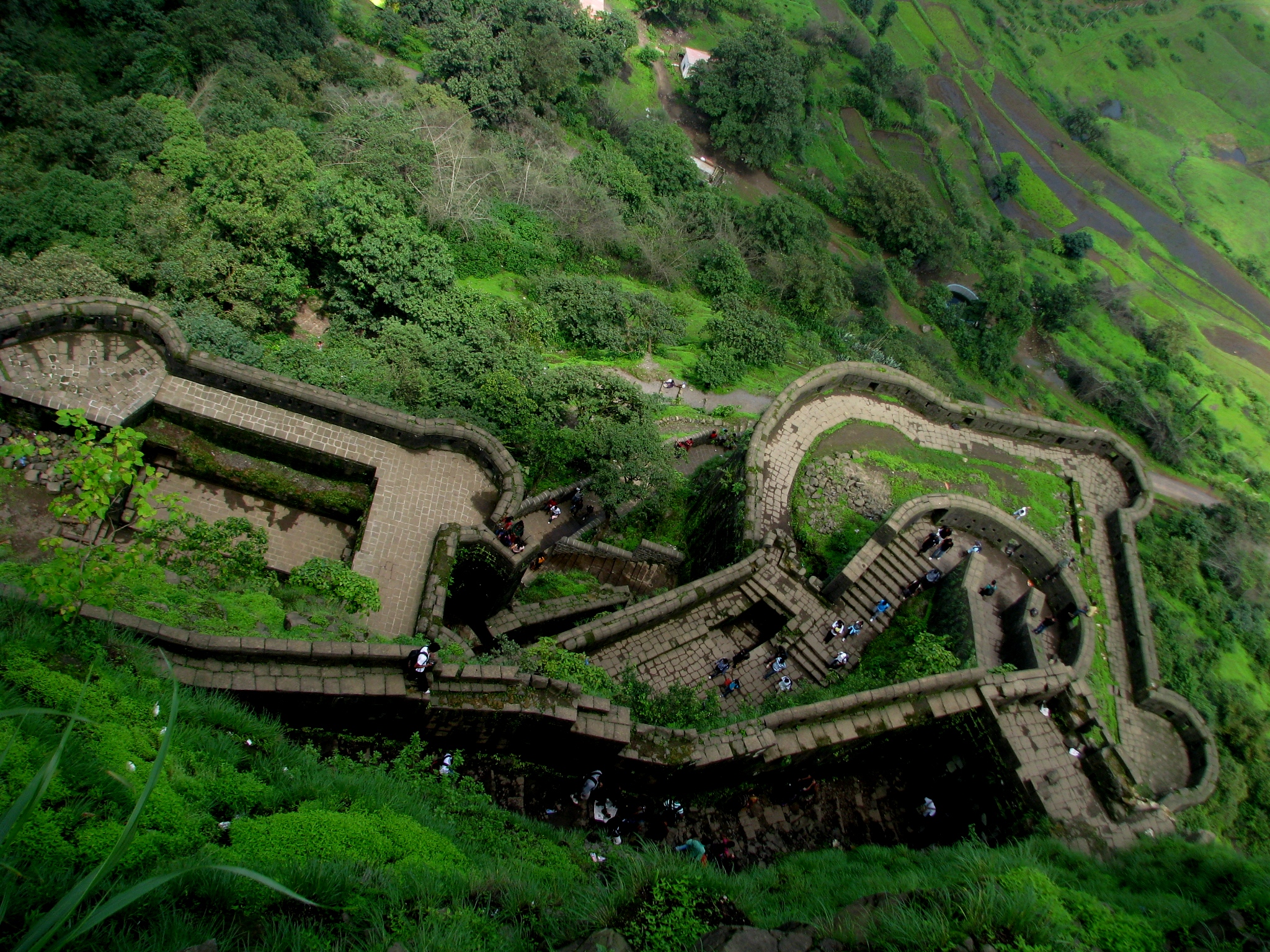
UNESCO's recognition comes at a time when there is renewed interest in preserving and promoting India's regional histories. Forts that were once seen as local tourist spots are now being looked at through a global lens of heritage, conservation, and cultural storytelling. For travellers and history enthusiasts alike, this means a chance to rediscover these structures not just as ruins, but as living monuments to resistance, resilience, and regional pride.
Whether it is the sea-sprayed walls of Sindhudurg or the high ramparts of Salher, each fort now stands as part of a world-recognised heritage. This inclusion is expected to boost tourism and conservation efforts around these sites and encourage more community-led initiatives to keep the stories of the Marathas alive for generations to come.
The Maratha Military Landscapes are no longer just regional landmarks. They are now officially part of the world’s heritage map, inviting travellers from every corner to witness India’s past through its towering bastions, narrow watch paths, and strategic strongholds.
For more heritage updates and travel stories that connect you with the soul of India, follow Travel Moves on Instagram and Facebook.

